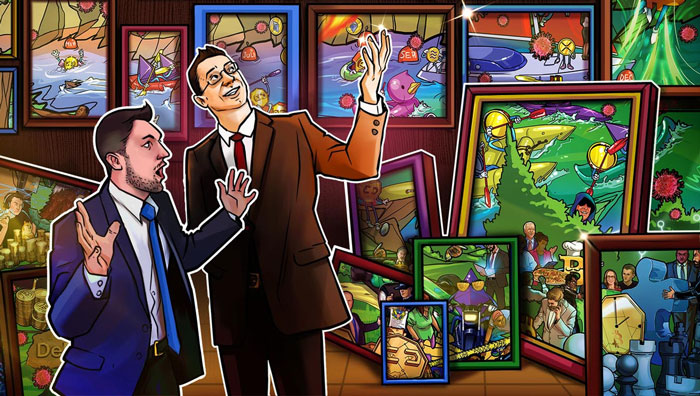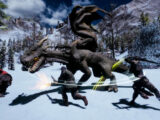
This article is on sale as an NFT
November 24, 2022The market for non-fungible tokens, or NFTs, has been racking up plenty of firsts. The first NFT artwork to be auctioned by Christie’s. The first Oscar-nominated movie to be released as an NFT. The first tweet by Twitter’s Jack Dorsey, sold as an NFT. The first NFT album: Kings of Leon’s When You See Yourself.
Let it never be said that Quartz is behind the curve. We converted an article—this very article, in fact—into an NFT, a digital asset that essentially serves as its own certificate of ownership and authenticity.
The Associated Press was the first news organization to sell an NFT, for a work of art titled “The Associated Press calls the 2020 Presidential Election on Blockchain—A View from Outer Space.” But we’re quite certain ours is the first piece of text journalism to be put up for sale in this manner.
Proceeds of the sale will be contributed to the Lauren Brown Fellowship at the International Women’s Media Foundation, which supports women journalists from underrepresented backgrounds.
Here’s the listing. And here’s a step-by-step account of how we did it.
Out on the OpenSea, an NFT marketplace
We turned to OpenSea, the largest marketplace for NFTs. OpenSea has sold the full gamut of NFTs: digital art, cryptokitties collectibles, land on virtual worlds, trading cards, and other digital artifacts, each of them distinct, their uniqueness verified by a blockchain.
OpenSea asked us to install MetaMask, a browser extension that manages digital assets. MetaMask’s login details (which include a 12-word “seed phrase”) let us into OpenSea, where we opened a Quartz “collection.” These collections hold the items of sale: images, videos, audios, or 3D models, in a variety of file formats, each no bigger than 100 MB.
Among the crucial aspects of defining a sale item is its “supply”—the number of copies of an item that can be minted on a blockchain, or given the same blockchain identity. For NFTs, by definition, this value is 1. Any more, and the items would be fungible: you could exchange one for the other without being able to tell them apart.
We uploaded this article, fashioned into an image that included its text, its lead image, and a QR code with a link to this piece online.
All of this took about 10 minutes.
How NFTs get sold
Once uploaded, an NFT can be sold in three ways: at a fixed price, via auction to the highest bidder, or as part of a bundle with other items. We decided to auction our article, leaving it on OpenSea for four days beginning on Mar. 17, the date of publication of this article. OpenSea’s listing services are free; if a transaction is successful, it charges 2.5% of the final sale price as a fee.
Near the end of this almost obscenely easy listing process, we hit a philosophical conundrum. What can, and should, Quartz do with this article after selling it as an NFT?
Turning an article into an NFT and selling it doesn’t cede our exclusive legal authority to duplicate and distribute the article. This is part of the NFT philosophy but also a well-established fact of art sales and intellectual property law: Creators retain the copyright of work they sell.
Beeple, the artist who sold his work as an NFT for nearly $70 million at a Christie’s auction, also retained the copyright to the images making up the artwork. What was sold, really, is one unique, blockchained representation of the artwork. The same goes for this article. The buyer, praise their generous soul, is really paying for that bit of blockchain, that stamp of uniqueness.
Although we’re legally permitted to edit this piece after its sale—to update it with details of who bought it, and for how much—we decided we didn’t want to. Strictly speaking, an updated article wouldn’t be the one that was tokenized and sold.
Which means this piece must end on a note of suspense. Did the article meet its reserve price? Did it get sold at all? Who bought it? And what else did we learn about the auction process? Find out in the thrilling epilogue: Quartz is selling the first-ever NFT news article.
Source: Read Full Article


